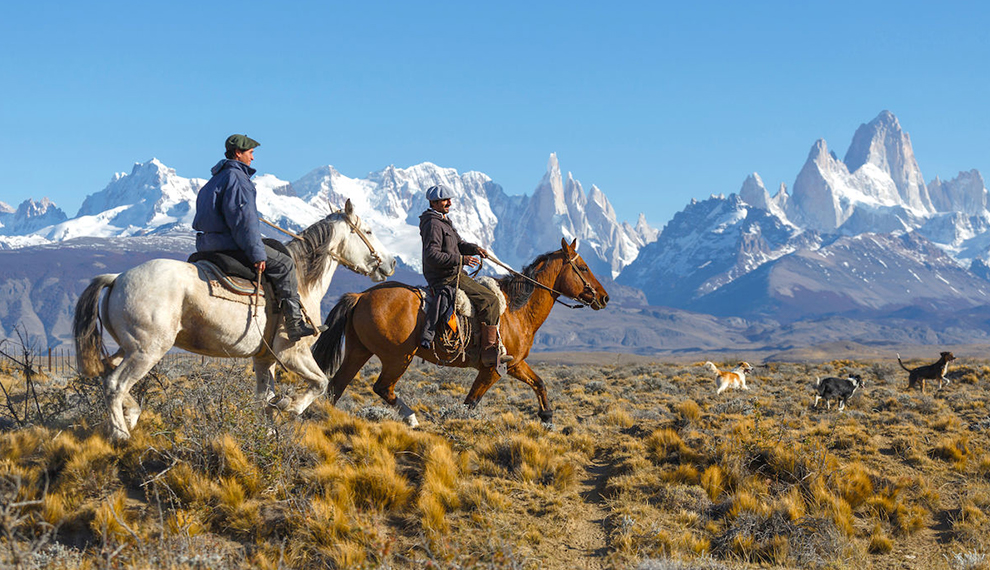You do not necessarily have to be an experienced rider to enjoy a riding safari. While some safaris involving riding amongst wildlife may require a reasonable level of experience, there are plenty of others where you don’t need to have spent much time on a horse.
In a nutshell, if you are riding with big game then yes you need to be a very good rider as you have to be able to control your horse if it does come across something that frightens it (and you!) You need to be able to gallop and jump and feel totally confident outside a riding school and in the open.
If riding just with plains game or in Argentina where you are using your horse as a mode of transport, then you do not need to have had any experience at all. In South Africa, in particular there are some wonderful places where you can ride amongst plains game but do not need to know how to ride. In Patagonia (Argentina) there are some stunning trekking horse safaris that you can do with no previous experience of riding at all. In both cases the saddles are like arm chairs and really hold you in; are very comfortable and the horses are all chosen for the rider. They are well schooled and if you have not ridden before will be pretty much bomb proof.


